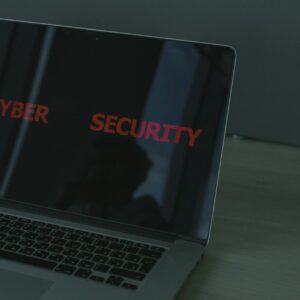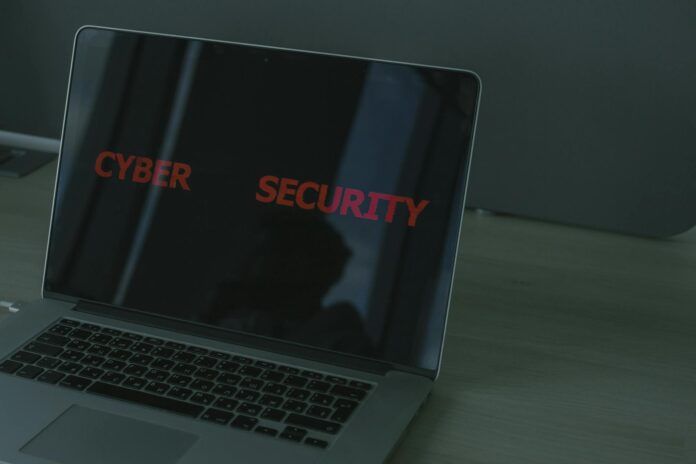 Linux systems, known for their robustness and reliability, are increasingly becoming targets for cybercriminals. The growing popularity of Linux, especially in server environments and critical infrastructure, has made it a significant target for attacks. As the threat landscape evolves, Managed Detection and Response (MDR) services are emerging as a vital defense mechanism. MDR services provide a comprehensive approach to cybersecurity, offering the tools and expertise needed to detect, analyze, and respond to threats in real-time. Here’s how MDR services are equipping businesses to mitigate the risks to Linux systems.
Linux systems, known for their robustness and reliability, are increasingly becoming targets for cybercriminals. The growing popularity of Linux, especially in server environments and critical infrastructure, has made it a significant target for attacks. As the threat landscape evolves, Managed Detection and Response (MDR) services are emerging as a vital defense mechanism. MDR services provide a comprehensive approach to cybersecurity, offering the tools and expertise needed to detect, analyze, and respond to threats in real-time. Here’s how MDR services are equipping businesses to mitigate the risks to Linux systems.
Enhanced Threat Detection
Managed detection and response services use advanced detection technologies that are tailored to the unique architecture of Linux systems. These technologies include behavioral analytics, machine learning algorithms, and signature-based detection that can identify and flag unusual activities indicative of a breach or an attack. Unlike traditional security solutions that may not differentiate between normal operations and potential threats on Linux platforms, MDR services are designed to recognize the specific patterns and vulnerabilities associated with Linux. This enhanced detection capability is crucial for early identification of threats, minimizing the window of opportunity for attackers.
Proactive Threat Hunting
Threat hunting is a core component of MDR services, involving the proactive search for cyber threats that may have bypassed initial security defenses. This is particularly important for Linux systems, where certain types of malware or intrusions can be difficult to detect with passive monitoring tools. MDR teams utilize cutting-edge technologies and draw on vast threat intelligence networks to scan and scrutinize system logs, network traffic, and application behaviors on Linux servers. By actively seeking out potential threats, MDR services can uncover hidden risks before they escalate into serious breaches.
Expert Analysis and Incident Response
MDR services are not just about technology; they also provide access to cybersecurity experts who specialize in Linux environments. These professionals have the experience and skills necessary to analyze complex threats and orchestrate an effective response. When a potential threat is detected, these experts undertake a thorough investigation to confirm the threat, assess its severity, and determine the best course of action. They can also provide valuable insights into the nature of the attack, helping to strengthen security postures against future incidents.
24/7 Monitoring and Response
One of the most significant advantages of MDR services is continuous monitoring and response. Cyber threats can arise at any time, and the speed of response is often critical in mitigating damage. MDR services ensure that Linux systems are monitored around the clock, with teams ready to respond immediately to any confirmed threats. This around-the-clock vigilance ensures that attacks can be contained and remediated swiftly, reducing downtime and operational disruption.
Customization and Scalability
MDR services offer a customizable approach to security, which is essential for Linux systems that may be configured in highly specific or complex ways. MDR providers work with businesses to understand their specific Linux configurations and tailor their services accordingly. This bespoke approach ensures that security measures are as effective as possible. Additionally, as businesses grow and their Linux environments become more complex, MDR services can scale to meet these evolving needs.
Conclusion
As the threat landscape for Linux systems grows more sophisticated, the need for equally sophisticated security solutions becomes critical. MDR services provide an effective solution by combining advanced technology, expert knowledge, and continuous monitoring to protect Linux systems from emerging cyber threats. By leveraging MDR services, businesses can enhance their defenses, respond to incidents more effectively, and maintain the integrity of their Linux-based operations. This proactive and comprehensive approach to cybersecurity is essential in today’s high-risk digital environment, ensuring that Linux systems remain secure and resilient against attacks.





